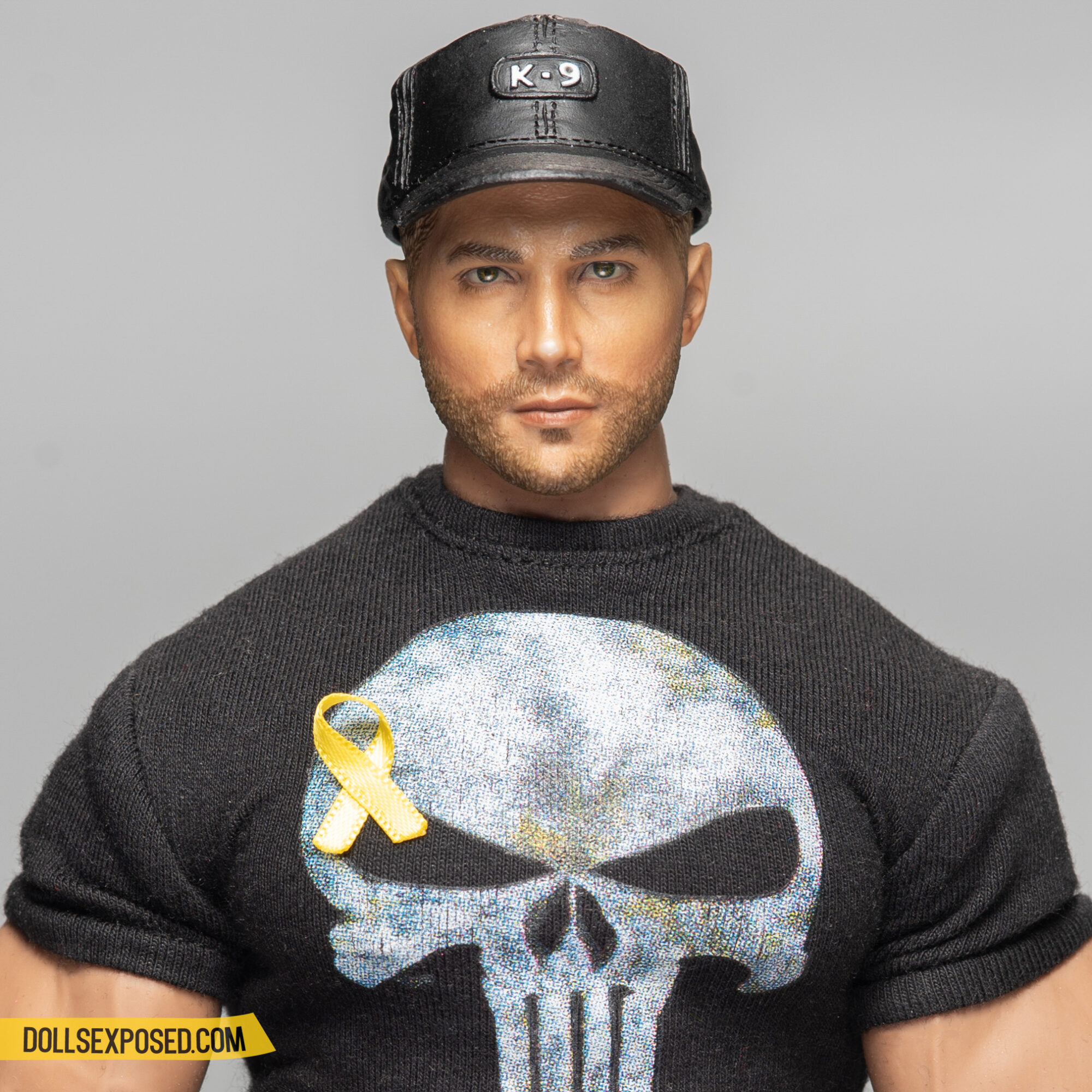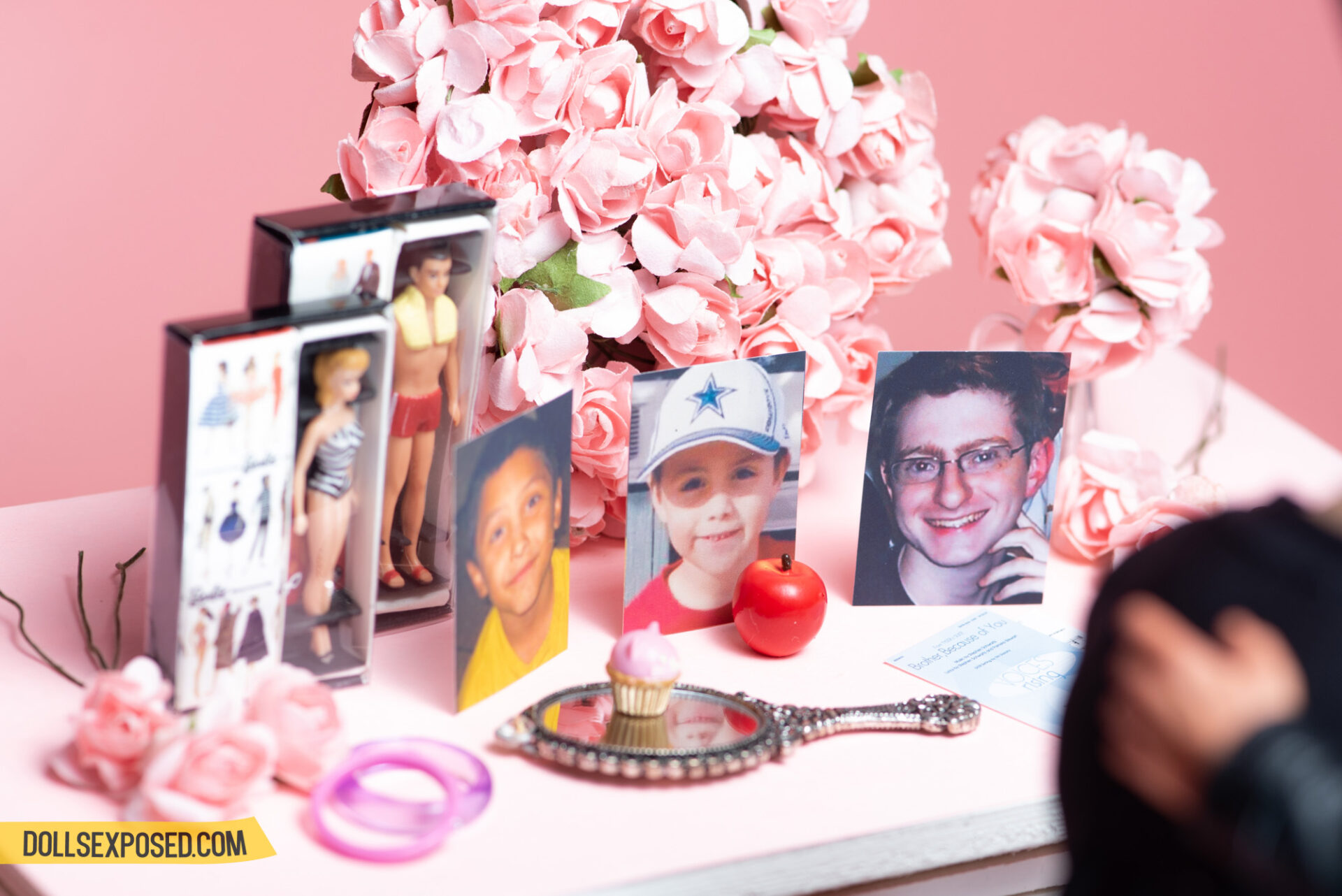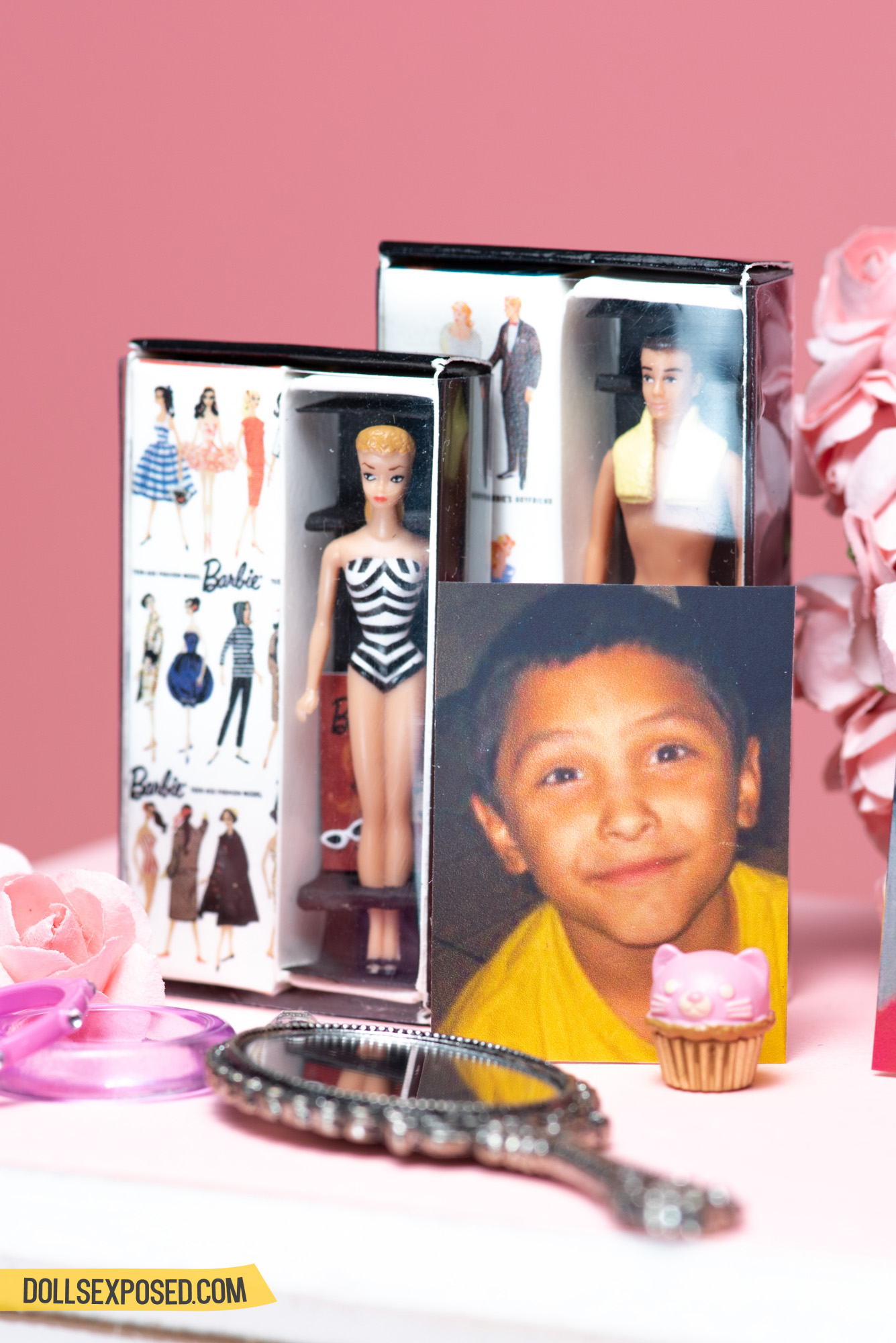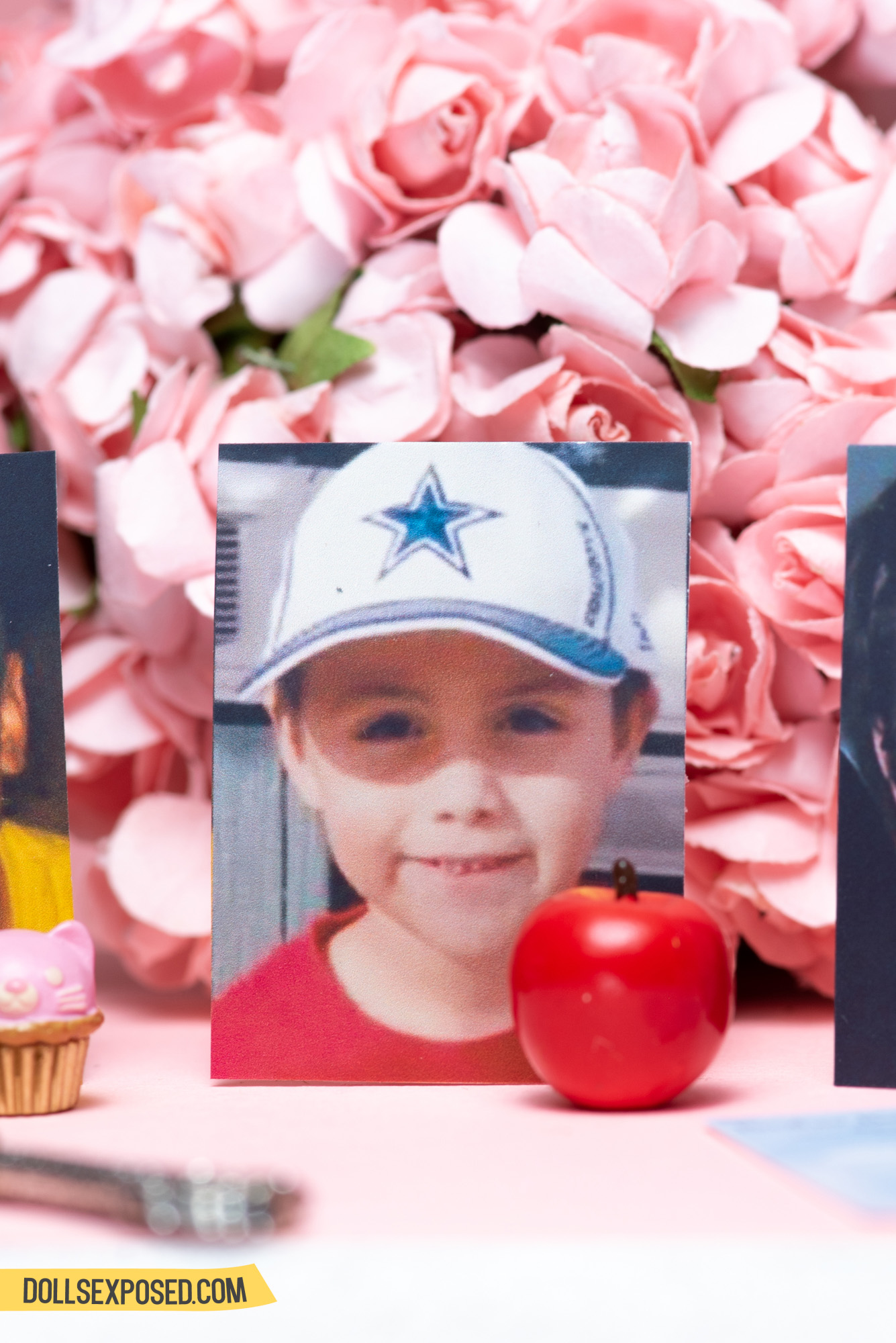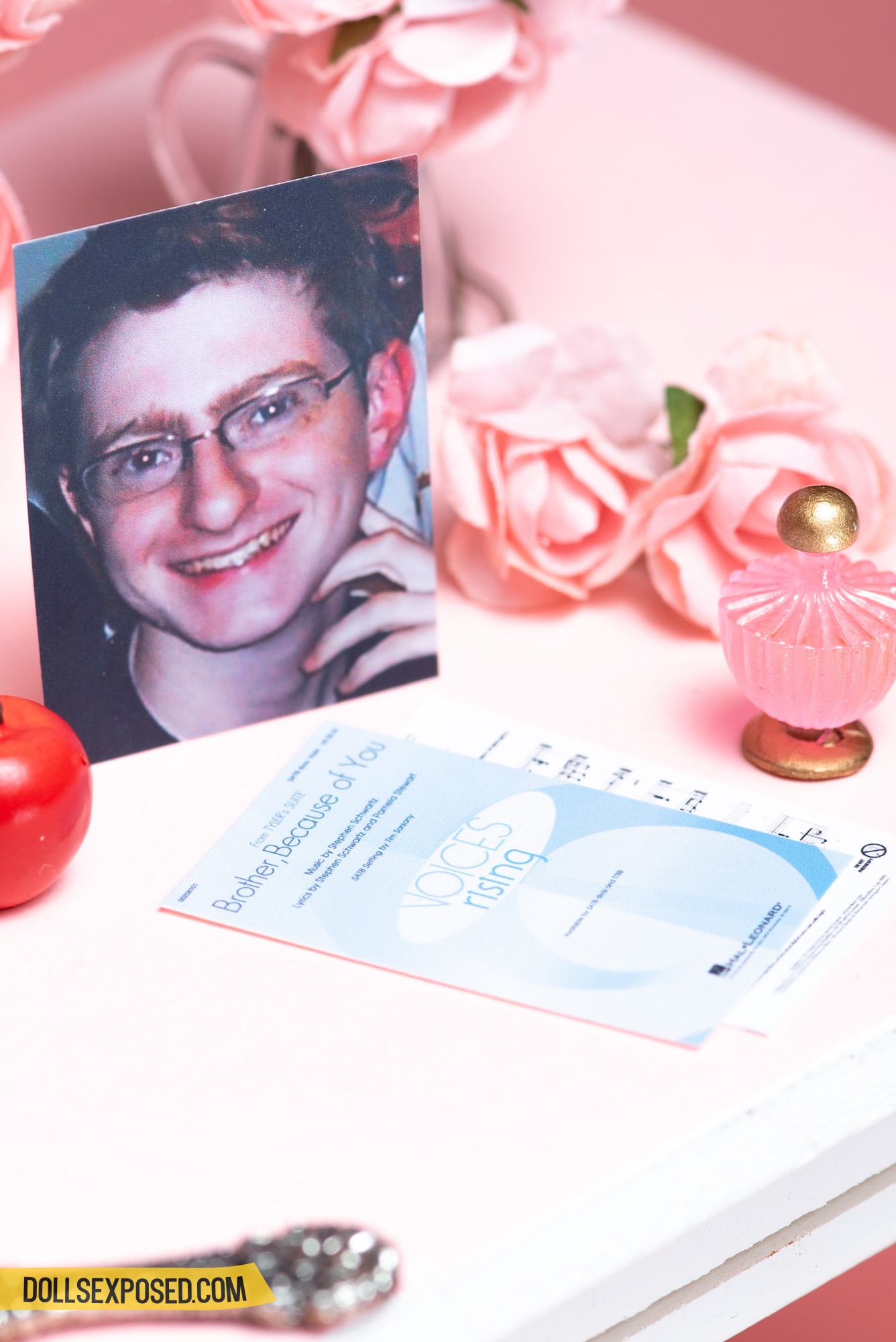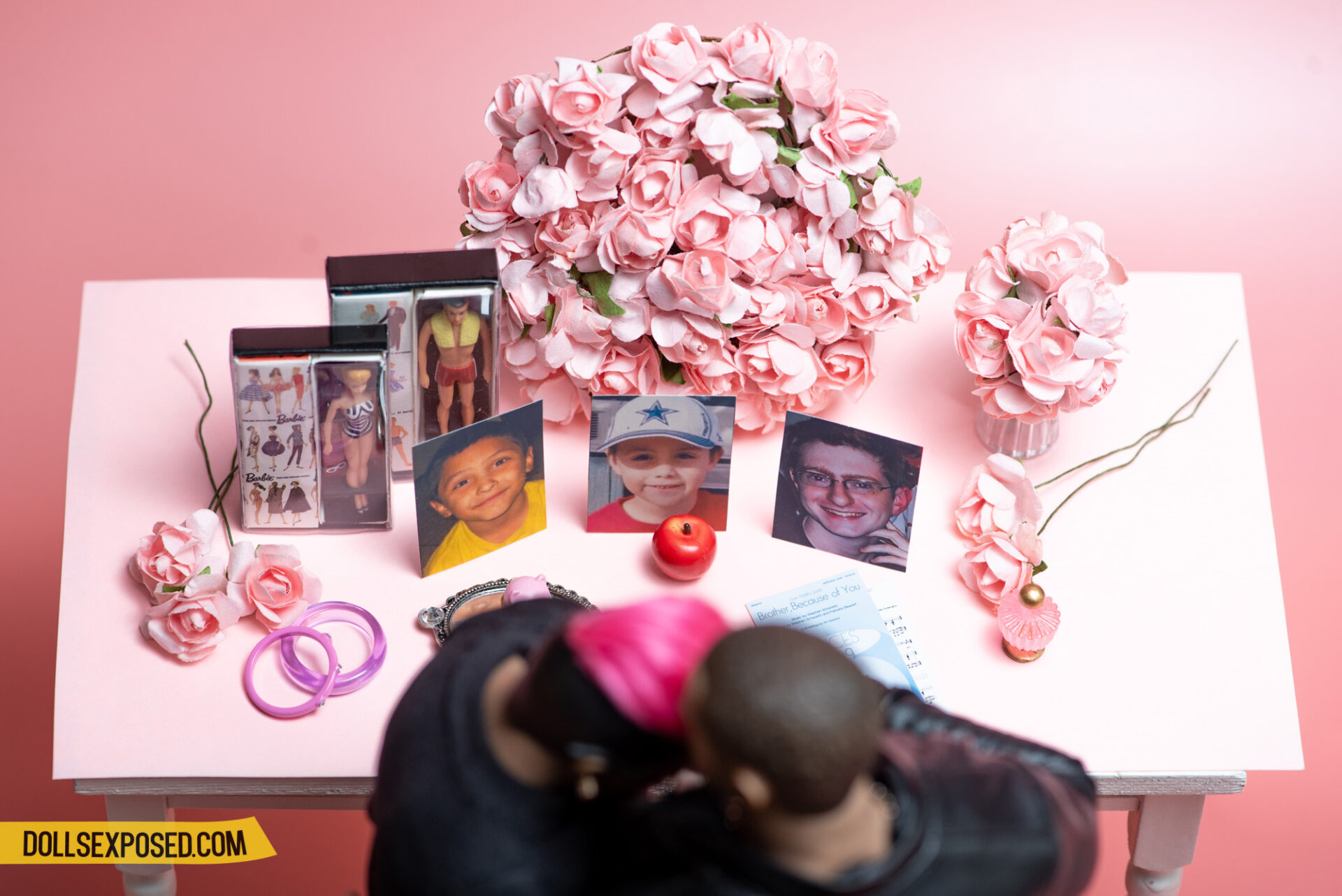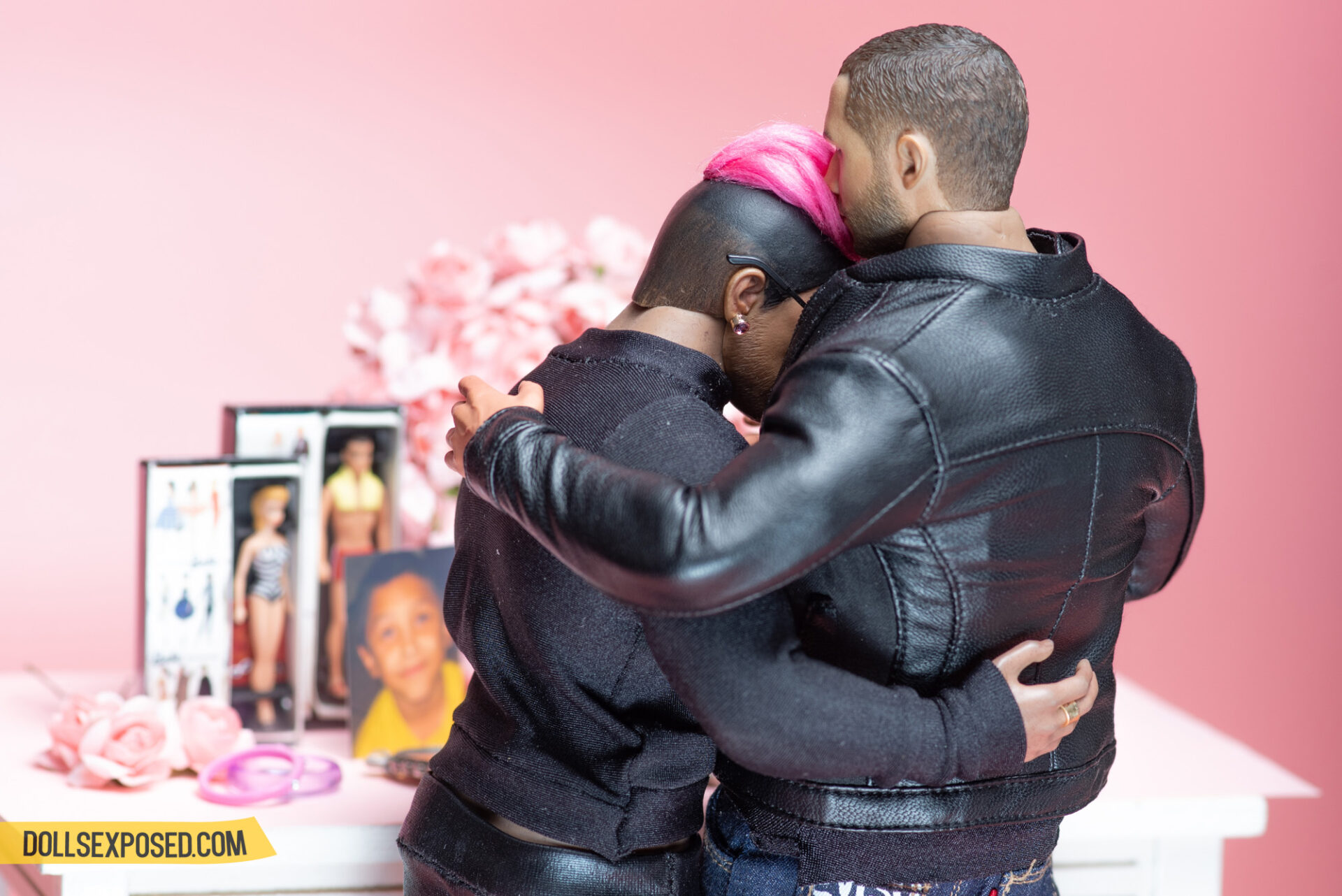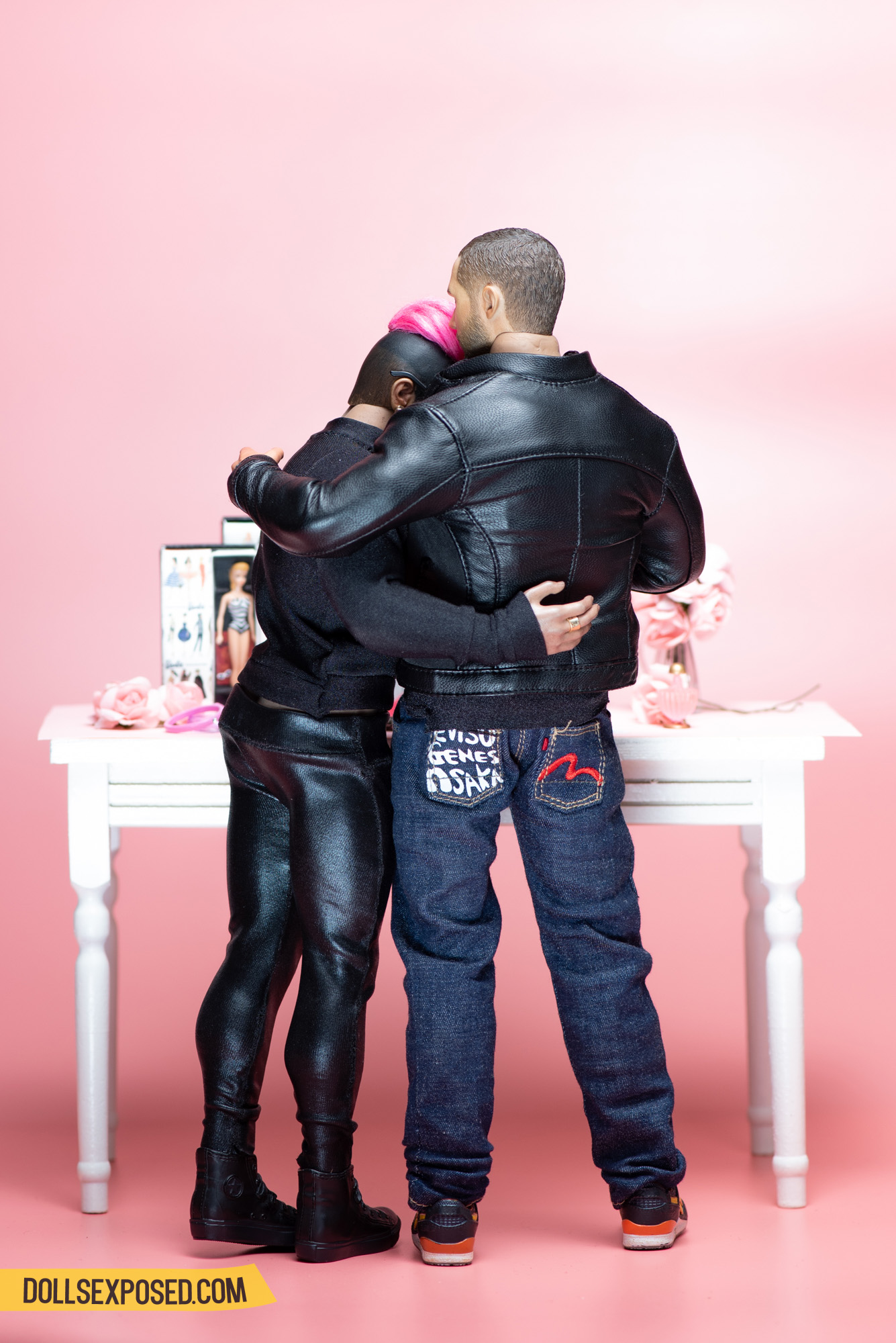WARNING: Discussions of the Holocaust, violence, death, murder, and suicide
Let me just preface this entry by saying I don’t like children, including (and especially) teenagers.
I don’t have any affection toward babies. I’m never fond of children. I never want to have kids. They’re smelly, they’re ugly, they’re loud, and they’re expensive.
So, I was caught off guard when the murder cases of Gabriel Fernandez and Anthony Avalos broke me.
In 2013, eight-year-old Gabriel was murdered by his mother and her boyfriend in their home in Palmdale. Five years later, ten miles away in a city called Lancaster, the same thing happened to ten-year-old Anthony.
Meanwhile, I was living eighty minutes away in Los Angeles. And when the news came out, I couldn’t stop reading them.
Gabriel was tortured and murdered because his mother and her boyfriend thought he was gay for playing with dolls.
Anthony’s mom’s boyfriend is homophobic and Anthony was said to come out before he was killed.
Every time I saw photos of these two kids, I’d weep. And they’d take me to the suicide of Tyler Clementi back in 2010.
It’s survivor’s guilt. I mean, why did I survive my own childhood and teenage years and they didn’t? I played with dolls as a kid too.
I wish I could’ve been there to take Gabriel and Anthony out of their houses or at least shield them with my body when they were beaten up. Or in Tyler’s case, I wish I could’ve just held him for a moment to tell him everything would blow over and he’d be a brilliant violinist one day.
But I wasn’t there. And there was nobody to hold them or tell them everything would be okay. And that survivor’s guilt kicks me in the guts every time I remember I couldn’t save them.
So, today, on International Day of Pink, I’d like to celebrate these three souls and countless other queer people of all ages whose names I don’t know and may never know, whose stories were told but may never reach my ears.
For Gabriel: a Barbie and a Ken so he can play with dolls whenever he wants, without fear.
For Anthony: a red apple to show how much he loved his teacher, Harmony Bell.
For Tyler: the sheet music of “Brother, Because of You” from Tyler’s Suite (music by Stephen Schwartz, lyrics by Stephen Schwartz and Pamela Schwartz, arrangements by Tim Sarsany).
Music: “FairyTale Waltz” by Kevin MacLeod (edited).
If you or someone you know is experiencing a mental health or substance use problem, please click here to reach out and seek help.
Pink: A Brief History
The color pink has existed long before Mean Girls, before Legally Blonde, before Barbie.
But did you know pink was originally meant for boys?
Pink is a hue variation of red, a color associated with masculinity and aggression, a color too harsh for little girls. The girls were assigned… blue. Why? Because it’s the color of the sky. So light and beautiful and soft.
When the reversal of pink for girls and blue for boys happened is still debated amongst fashion and color historians, but these are the timelines we’ve collected:
19th century: Louisa May Alcott has her character in Little Women use pink ribbon for a baby girl and blue ribbon for a baby boy.
“Amy put a blue ribbon on the boy and a pink on the girl, French fashion, so you can always tell. Besides, one has blue eyes and one brown. Kiss them, Uncle Teddy,” said wicked Jo.
Little Women (Louisa May Alcott)
20th century: Henry Huntington acquired the “Blue Boy” (1921) and “Pinkie” (1927). These acquisitions received much publicity and may have started the pink for girls and blue for boys trend.

21st century: Barbie burst onto the scene in 1959. She might not have worn a pink dress, but her logo was pink. Starting in the seventies, her dresses, her furniture, and even her appliances would eventually come in shades of (hot) pink and thus Barbiecore was born.
The Pink Triangle
During the Holocaust, gay men, bi men, and trans women victims and survivors along with those accused and convicted of zoophilia and pedophilia were given pink triangle badges by the Nazis. And these men and women received horrible treatment not only from the guards, but also from other prisoners.
Nazi conceptions of race, gender and eugenics dictated the Nazi regime’s hostile policy on homosexuality. Repression against gay men, lesbians and trans people commenced within days of Hitler becoming Chancellor. On 6 May 1933, the Nazis violently looted and closed The Institute for Sexual Science, burning its extensive collection on the streets. Unknown numbers of German gay men, lesbians and trans people fled abroad, and others entered into marriages in order to appear to conform to Nazi ideological norms, experiencing severe psychological trauma. The thriving gay culture in Berlin was lost.
Holocaust Memorial Day Trust
The queer prisoners might have been liberated when the Nazi party fell, but they were still persecuted since there was no law to protect their rights.
At the end of the war, the majority of homosexuals were freed from camps in both parts of divided Germany. However, the homophobia directed against them by the public remained strong. Article 175—the basis for sending thousands of innocent people to concentration camps—remained in force in the DDR until 1967, and in West Germany until 1969. There were some American and British lawyers who demanded that homosexuals convicted under Article 175 serve out their full sentences.
Auschwitz.org
To reclaim the pink triangle as a symbol of strength for the queer community, Avram Finklestein and the Silence = Death community made it a prominent symbol in the movement’s logo (designed in 1986) for their fight against the AIDS epidemic that killed more than a hundred thousand people in the 80s.
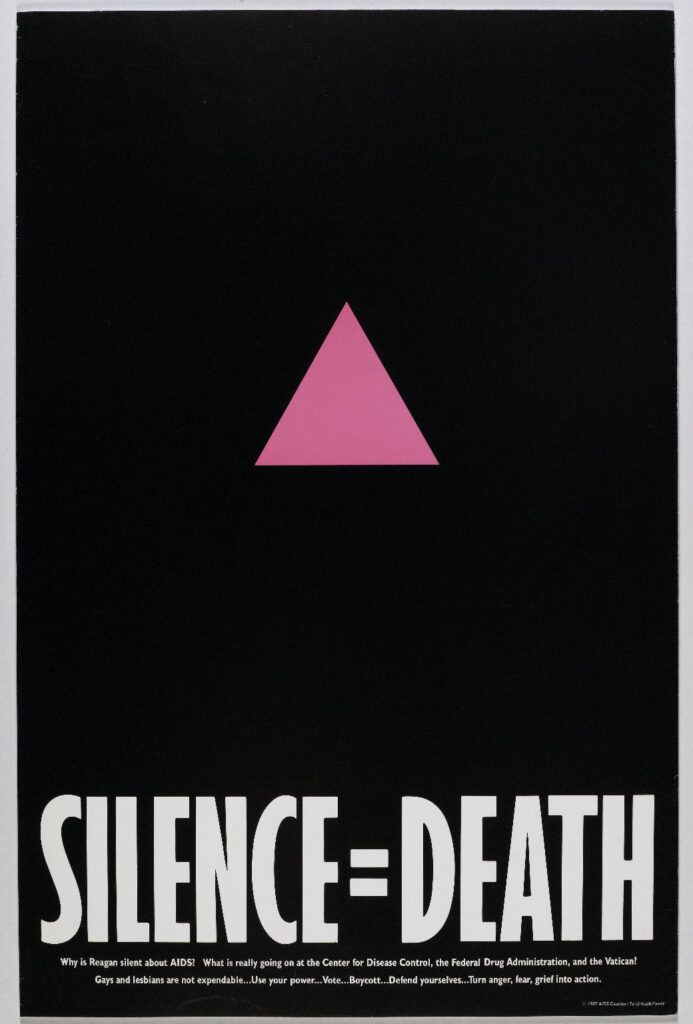
International Day of Pink
But the rampant homophobia and misogyny have taken roots so deep that it’s hard to shake off the taunting and the bullying and the side-eyeing when a masculine-presenting person wears pink.
Such as the case in Nova Scotia, Canada, when two students defended their gay schoolmate who was bullied when he wore a pink shirt that day. The two students didn’t feel like they were doing enough, so they encouraged other students to wear pink shirts, and they did.
Thus, in 2007, the International Day of Pink was born and is celebrated every second Wednesday in April.
I can’t find any news article that explains why Wednesday was chosen, but I’m pretty sure it’s because of Mean Girls.
BTS Thoughts:
Pink is Chrissy’s favorite color, and we’re not gonna lie: he loves it because it’s traditionally a feminine color.
And this baggage that comes with associating a color with gender or a movement, especially the minority (read: something other than cis, hetero-white men) is exactly why I gave him pink hair.
With this pink hair, he’s transformed from the uber-macho Chris Redfield into Chrissy. And this act of defiance makes him punk rock.
I chose to pair Chrissy with Wade and let Wade (not Matt) comfort Chrissy for this shoot, because Wade and Chrissy share that same punk and rebellious energy, and I love them for that.
Dollsexposed showcases queer erotica, kink, fetish, and activism through twelve-inch doll photography. Their adventures in the doll world began in 2011 before establishing a home on dollsexposed.com eleven years later.
Dollsexposed's works have been displayed at Seattle Erotic Art Festival and Los Angeles Leather Getaway.
you may also enjoy:
Aubrey’s Red Roses
Matt turns around and sees Aubrey. The warm morning sun falls behind him and makes his long hair glow with a golden halo.
Centering Identity as Small Business Owners
Dollsexposed visits our three denizens, who are small business owners, to talk shop and how their racial identity informs their business decisions.
Aubrey & Derek: Chrometallica (National Textile Day)
Dollsexposed.com sits down with Aubrey and Derek for an exclusive National Textile Day interview.
Chrissy’s Gala Wear for Seattle Erotic Art Festival 2024
It feels like only yesterday I put Chrissy in his first dress, and my, how things have evolved.
The Picnic Before the Trip
It’s such a beautiful day that the boys decided to do an impromptu picnic at the park.
Dollsexposed at Seattle Erotic Art Festival 2024
I’m honored and ecstatic to announce one of my doll photos was accepted to the juried artists’ portion of the 2024 Seattle Erotic Art Festival.

